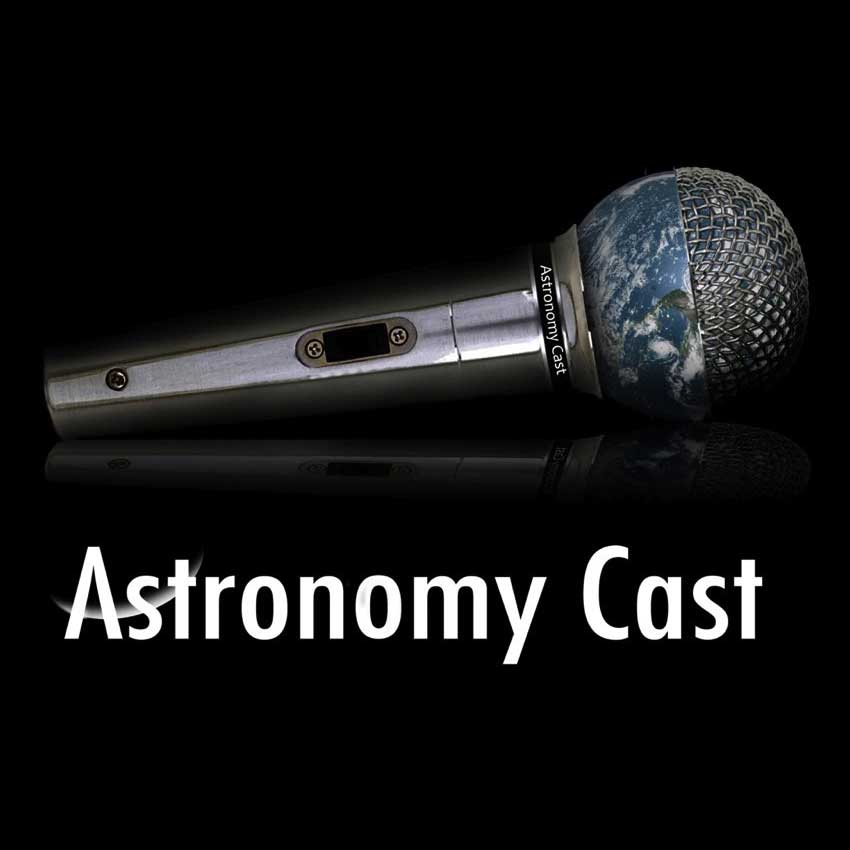What if our Universe was just one in an infinite number of parallel universes; a possible outcome from the specific predictions of quantum mechanics. The idea of multiple universes is common in science fiction, but is there any actual science to back this theory up?


